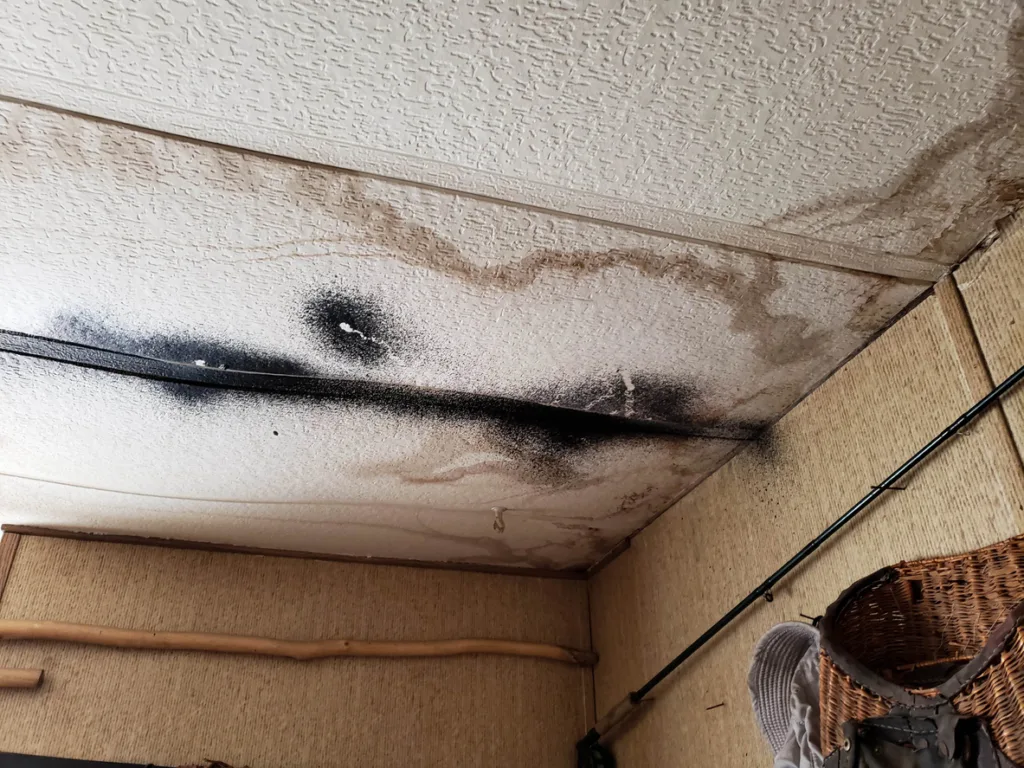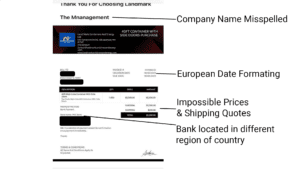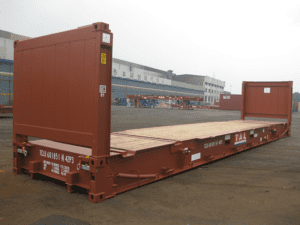Effective Techniques and Solutions
Condensation in shipping containers can lead to significant issues, such as damage to stored goods, mold growth, and even structural deterioration. To protect the contents and maintain the integrity of shipping containers, it’s essential to implement effective techniques and solutions to prevent condensation. This article will explore various approaches to address condensation in shipping containers, including ventilation, insulation, desiccants, proper loading, and regular maintenance.
Understanding Condensation in Shipping Containers
Condensation occurs when warm, moist air comes into contact with a cold surface, causing the moisture in the air to condense into water droplets. In shipping containers, this can happen when the temperature inside the container fluctuates or when warm, humid air enters the container and encounters cold surfaces like the container’s walls or floor.
Factors contributing to condensation in shipping containers include:
- Ambient temperature fluctuations
- Humidity levels
- Lack of ventilation or air circulation
- Temperature differences between the container’s interior and exterior surfaces
Importance of Ventilation
Proper ventilation plays a crucial role in preventing condensation within shipping containers. Ventilation allows moist air to escape and promotes air circulation, helping to maintain a more consistent temperature and reduce humidity levels inside the container.
There are two primary types of ventilation systems for shipping containers:
- Passive ventilation: This type of ventilation relies on vents or louvers installed in the container walls, allowing air to flow in and out naturally. Installing vents at different heights can promote better air circulation by encouraging the movement of warm air out of the top vents and cooler air in through the bottom vents.
- Active ventilation: Active ventilation systems use fans or blowers to promote air circulation within the container. These systems can be more effective in reducing condensation but typically require an external power source and more maintenance.
To ensure optimal performance, it’s essential to regularly inspect and clean the vents, removing any debris or obstructions that may restrict airflow.
Insulation and Temperature Control
Insulating a shipping container can help prevent condensation by reducing temperature fluctuations and creating a barrier between the container’s interior and exterior surfaces. Common types of insulation materials for shipping containers include spray foam, rigid foam panels, and fiberglass insulation.
In addition to insulation, temperature control systems like heaters, air conditioners, or climate control units can help maintain a consistent temperature within the container, further reducing the risk of condensation. When choosing a temperature control system, consider factors like energy efficiency, ease of installation, and maintenance requirements.
Using Desiccants and Moisture Absorbers
Desiccants and moisture absorbers can help prevent condensation by absorbing excess moisture from the air inside the shipping container. Common types of desiccants used in shipping containers include silica gel and calcium chloride. These materials can be placed in containers in the form of packets, bags, or canisters.
To use desiccants effectively, follow these tips:
- Distribute desiccants evenly throughout the container to maximize moisture absorption
- Choose the appropriate type and quantity of desiccant based on the container’s size, contents, and environmental conditions
- Regularly check and replace desiccants as needed to maintain their effectiveness
Proper Loading and Storage Practices
Proper loading and storage practices can help prevent condensation by allowing for better air circulation and reducing the amount of moisture introduced into the container. To achieve this, follow these guidelines:
- Avoid overloading the container, as this can restrict air circulation and increase the risk of condensation
- Arrange goods in a way that allows for proper air circulation, such as by leaving space between items and the container walls
- Use pallets or shelving to elevate items off the container floor, which can help prevent moisture buildup and promote air circulation
- Make sure stored items are dry before placing them in the container to minimize the introduction of additional moisture
Regular Maintenance and Inspection
Routine maintenance and inspection are essential for preventing condensation in shipping containers. By regularly checking your container for signs of moisture or damage, you can address issues before they escalate. When inspecting your container, pay close attention to the following areas:
- Ventilation systems: Ensure vents are free from debris and obstructions, and clean or replace them as needed
- Insulation: Check for damage, such as tears or punctures, and repair or replace insulation materials as necessary
- Container surfaces: Look for signs of moisture or damage on the container’s walls, floor, and ceiling, and address any issues promptly
By addressing identified issues and performing repairs, you can maintain a dry and well-functioning shipping container.
Custom Solutions and Container Modifications
In some cases, you may need to implement custom solutions or modifications to address condensation in your shipping container. Examples of container modifications for condensation prevention include:
- Installing custom vents or ventilation systems to improve air circulation
- Applying specialized coatings or treatments to the container’s interior surfaces to reduce condensation
- Installing a dehumidifier or other moisture control systems to maintain optimal humidity levels within the container
Working with a reputable container modification company can help ensure that your custom solution is tailored to your specific needs and effectively addresses the issue of condensation.
Conclusion
Preventing condensation in shipping containers is crucial for protecting stored goods and maintaining container integrity. By implementing effective techniques and solutions like proper ventilation, insulation, desiccants, temperature control systems, and regular maintenance, you can create a moisture-free environment within your shipping container. Don’t hesitate to explore custom solutions or container modifications to meet your specific requirements and ensure the longevity and performance of your shipping container.
For more information on container maintenance and modifications, check out these resources:




